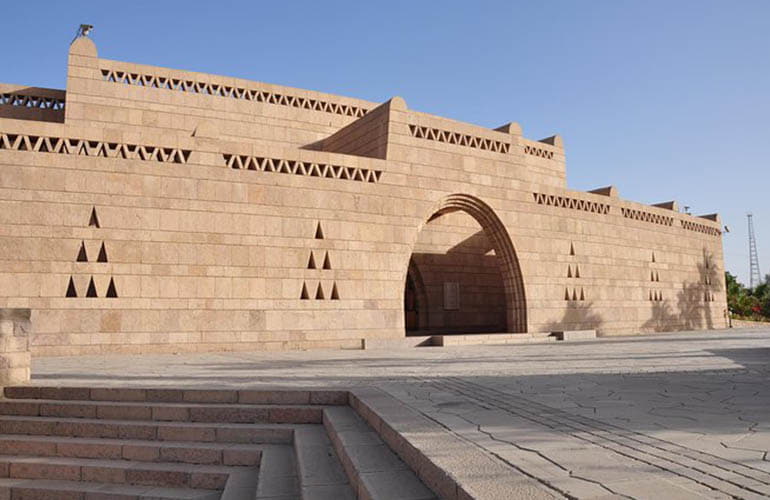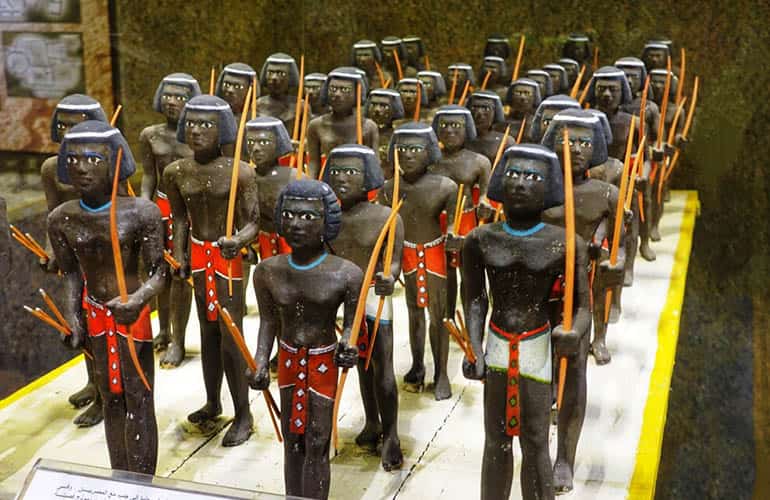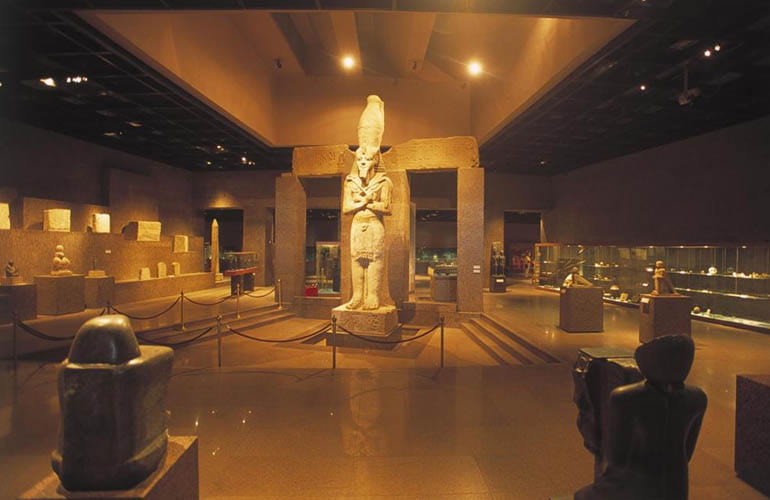The Nubian Museum & Nubia in Aswan, Egypt
If you are going to travel to Egypt you will already know that the best places to visit and the best experiences that you can live have much to do with the history and the culture of the most original peoples of the country, besides being able to appreciate the spectacular architecture of innumerable emblematic monuments that are recognized and visited by all the tourists who visit the country. On this occasion, I bring you information about the Nubia Museum, one of the most important in the country and which is, as its name indicates, in Nubia.
The Nubian Museum in the city of Aswan offers a broad tour of the culture developed along the Nile beyond the First Waterfall and narrates through the pieces on display the millennial history of this region. In the museum, you can learn about everything from prehistory in Nubia to contemporary times, including Pharaonic, Greco-Roman, Byzantine and Coptic Egypt. A collection in which there are some surprising works and even some constructions or fragments rescued from the waters when the Aswan Dam was built in 1959.
The museum offers some pieces already in the access garden, such as an obelisk from Abu Simbel. And its modern interior, some 50,000 meters long, contains some 3,000 pieces.

In 1959, the Egyptian government appealed to the United Nations Educational, Cultural and Scientific Organization (UNESCO) to put the magnificent monuments of Nubia under protection from the floods of the Nile, which had worsened after the construction of the Aswan Dam. The operations consisted of dismantling and relocating in safe areas the endangered buildings, which included prehistoric, pharaonic, Greek, Roman, Islamic and Coptic constructions. During the excavations, many fossils were found that increased the knowledge about life in Nubia and its development through time.
In 1975, the Egyptian General Authority of Antiquities requested UNESCO’s help in preserving the monuments and pieces found and rescued by opening a museum to exhibit those that were rarer and of greater testimonial value. Since 1981, numerous symposia and seminars have been held to contribute to this major project. In 1986, the foundation stone of the Nubian Museum was laid.
Nubian Museum Opening date
Egyptian President Hosni Mubarak and his wife Suzanne opened the Nubia Museum in Aswan in 1997, about a thousand kilometers south of Cairo, in the presence of UNESCO Director-General Federico Mayor Zaragoza
The Nubian Museum is the result of ten years of work and today is considered one of the most important museums in Egypt. Aimed at preserving ancient Egyptian monuments that had been rescued from the waters of the Nile and those that had been discovered during operations, the creation of the museum combined the efforts of local researchers with the assistance of UNESCO.
Who Designed the Nubian museum?
The Museum was designed by the Egyptian architect Mahmoud El-Hakim, the landscaping by Werkmeister & Heimer Landscape Architects (Germany) and Leila Masri of Sites International, and its exhibitions were created by the Mexican architect Pedro Ramírez Vázquez. The Nubia Museum occupies 50,000 of space on the banks of the Nile in Aswan. 7,000 were used for the construction of the Museum. The Museum, which is a reconstruction of the traditional architecture of a Nubian village and was completed in sandstone and pink granite, was one of the winners of the Aga Khan Award for Architecture in 2001.

The Nubian museum features:
The Nubian museum consists of three floors: the first floor is underground level, and contains shops and workshops; the second floor is a large hall for exhibiting artifacts, and the third floor houses a library, cafeteria, rooms for museum secretaries, photocopiers and microfilm rooms.
Upon entering this historic museum, one encounters friendly faces and the utmost hospitality of the museum staff. Their manner and enthusiasm for history have taken us back a few hundred years when life was much simpler. Leaving the museum later in the evening, one feels much happier, much more peaceful, as if one has entered another era … where simplicity and joy are in control.
The Nubian museum has such beauty, calm, and structure. Each side of the museum explains the history of Nubia; each room of the museum has a complete explanation in an excellent educational way. What distinguishes the museum is its allocation to the history of Nubia, a point that is well deserved and appreciated.
The museum also explains the history of Nubia from prehistoric times to the present day. On a personal level, one learns a lot about the history of Nubia and Egypt during the visit. It is a wonderful place from which you could never get tired of.
The Nubian Museum location:
The area now known as Nubia extends along the Nile River, at the height of the fourth waterfall. According to the documents found in hieroglyphics, its name derives from but – an ancient Egyptian word for gold – since it was from here that Egypt obtained most of its gold wealth. Many pharaohs built small temples and fortresses in Nubia along the banks of the Nile. Of particular note are the Temple of Abu Simbel and the one now called the Temple of Kalabsha.
Today, the museum is located in Aswan, in an area of 50,000 square kilometers, and consists of a three-story building and an open-air exhibition.







